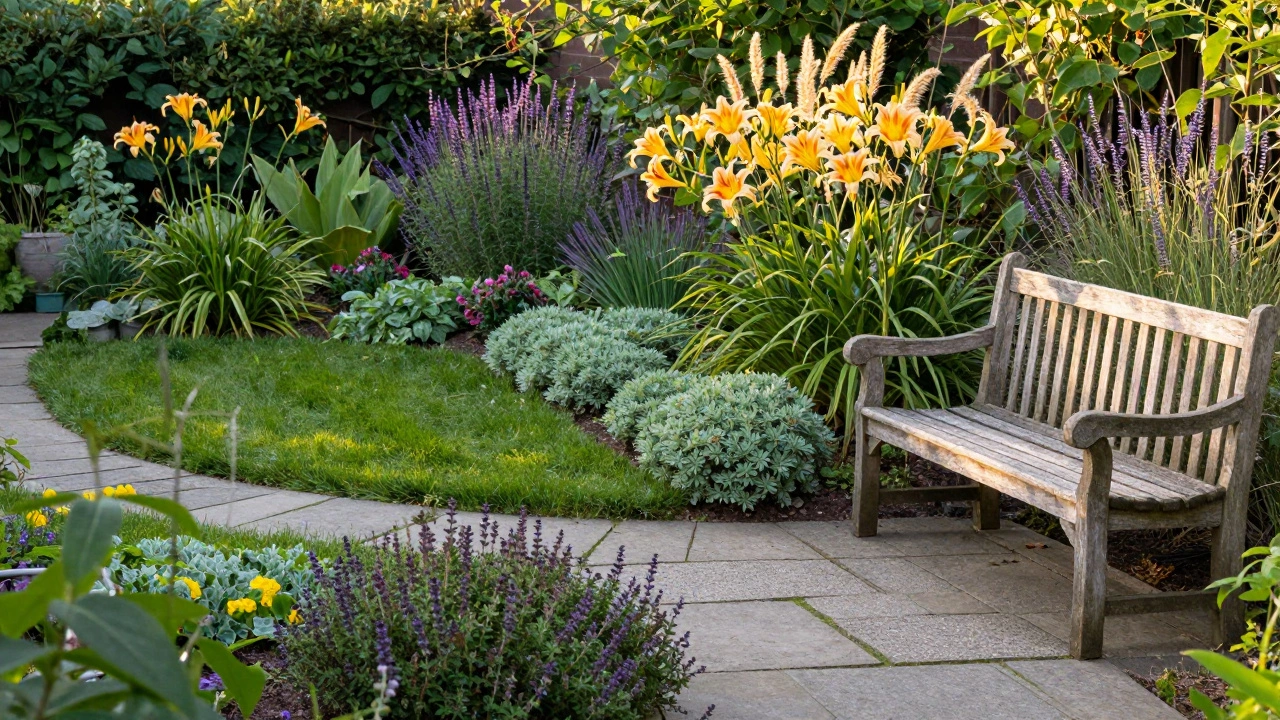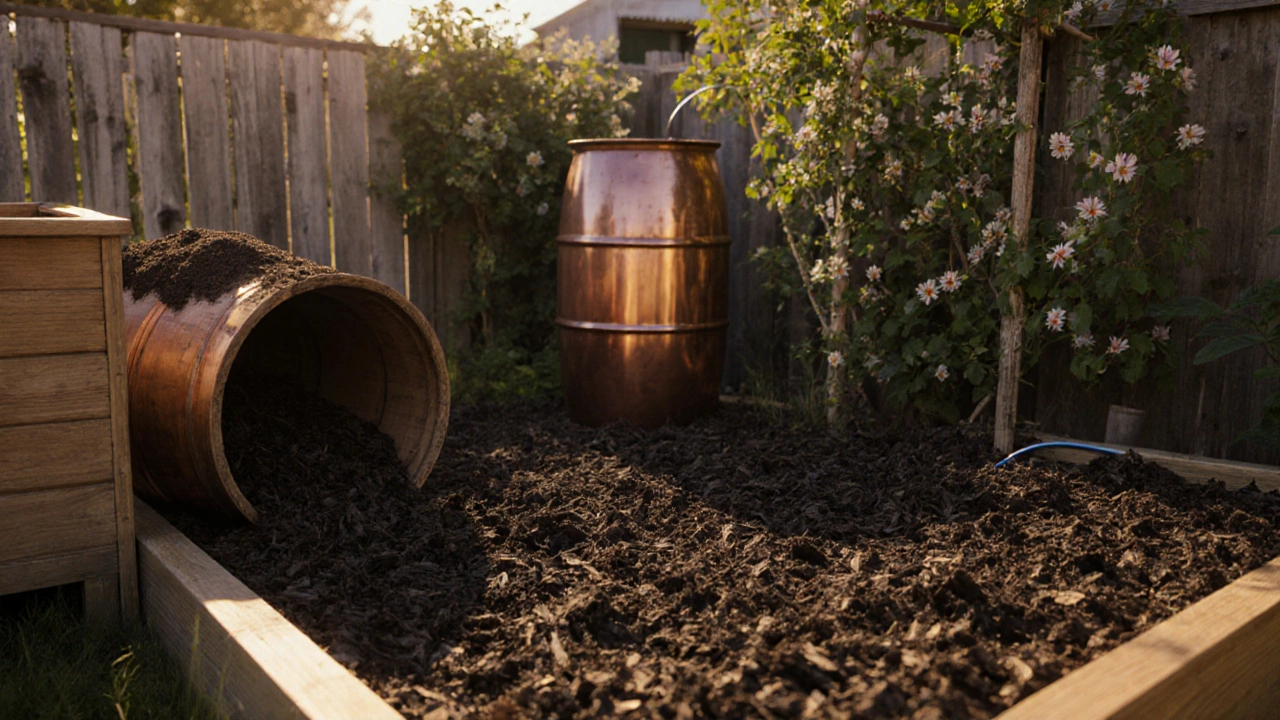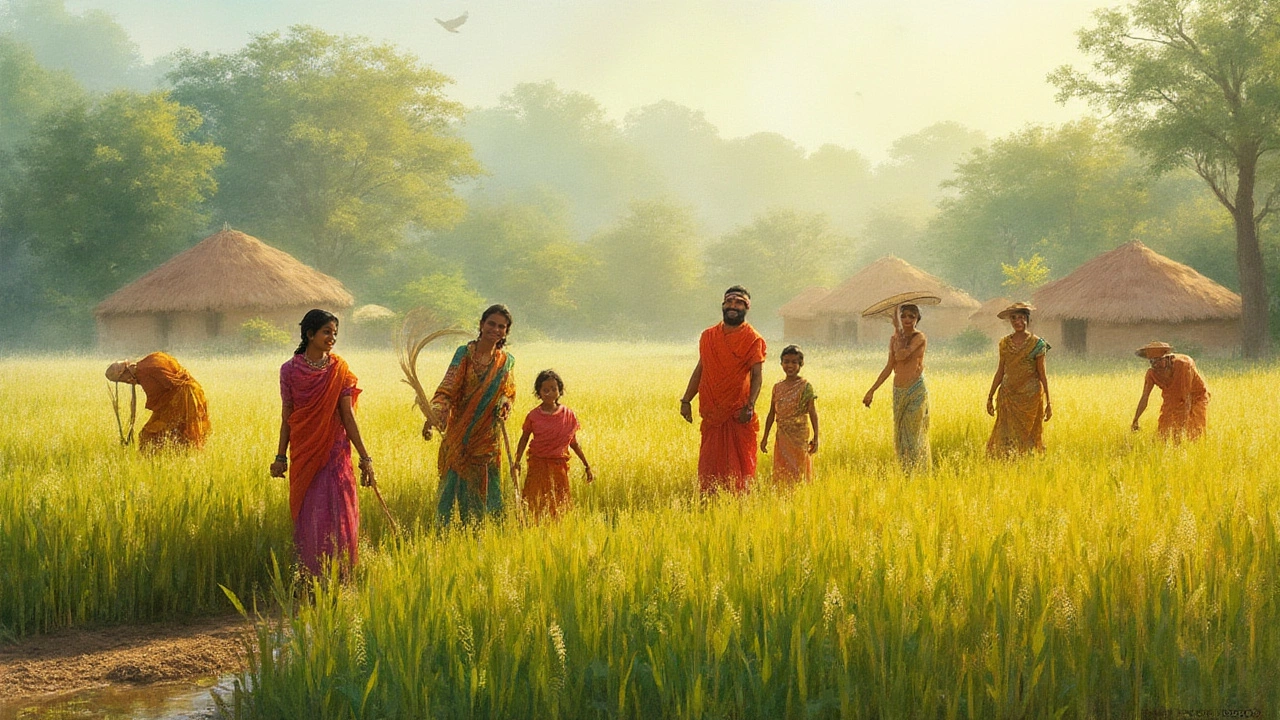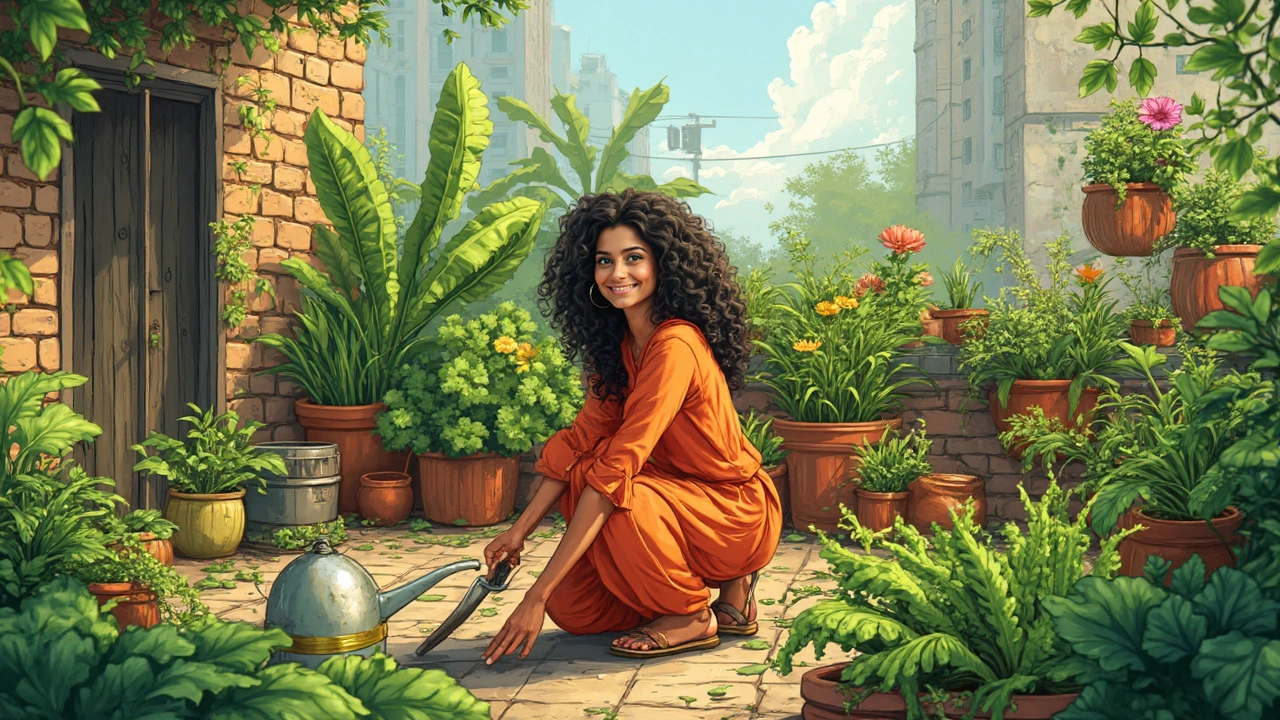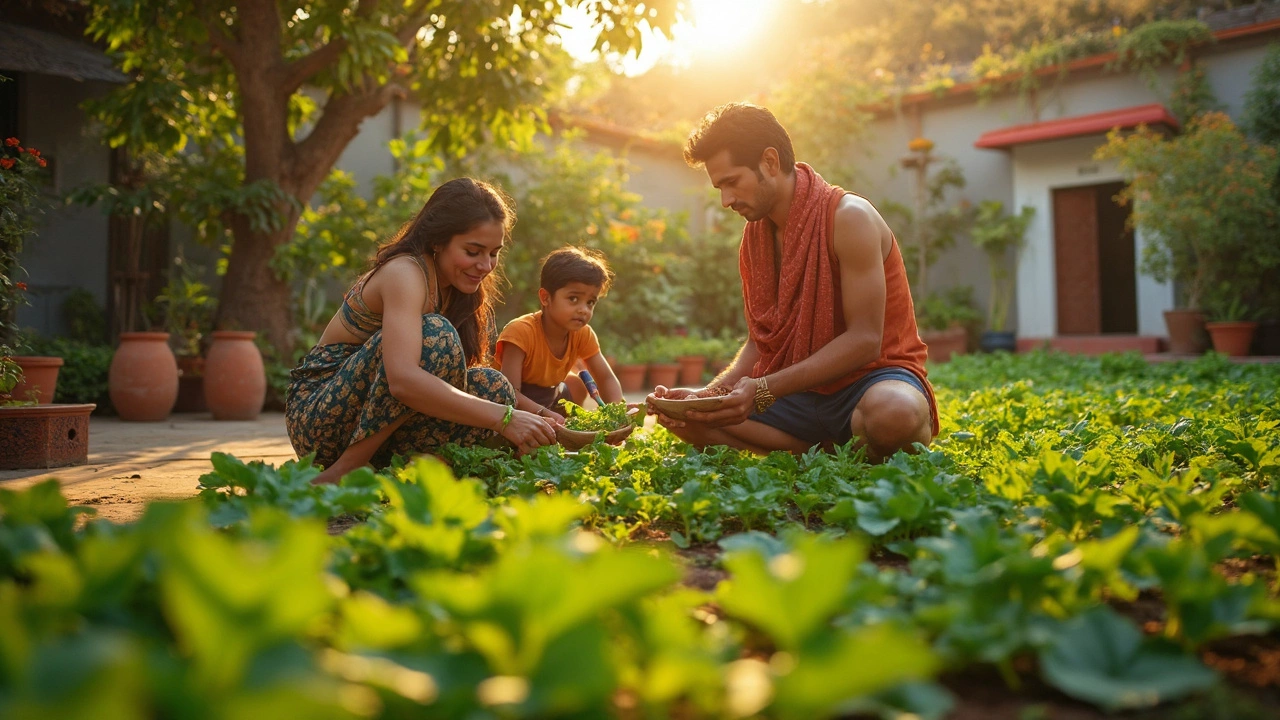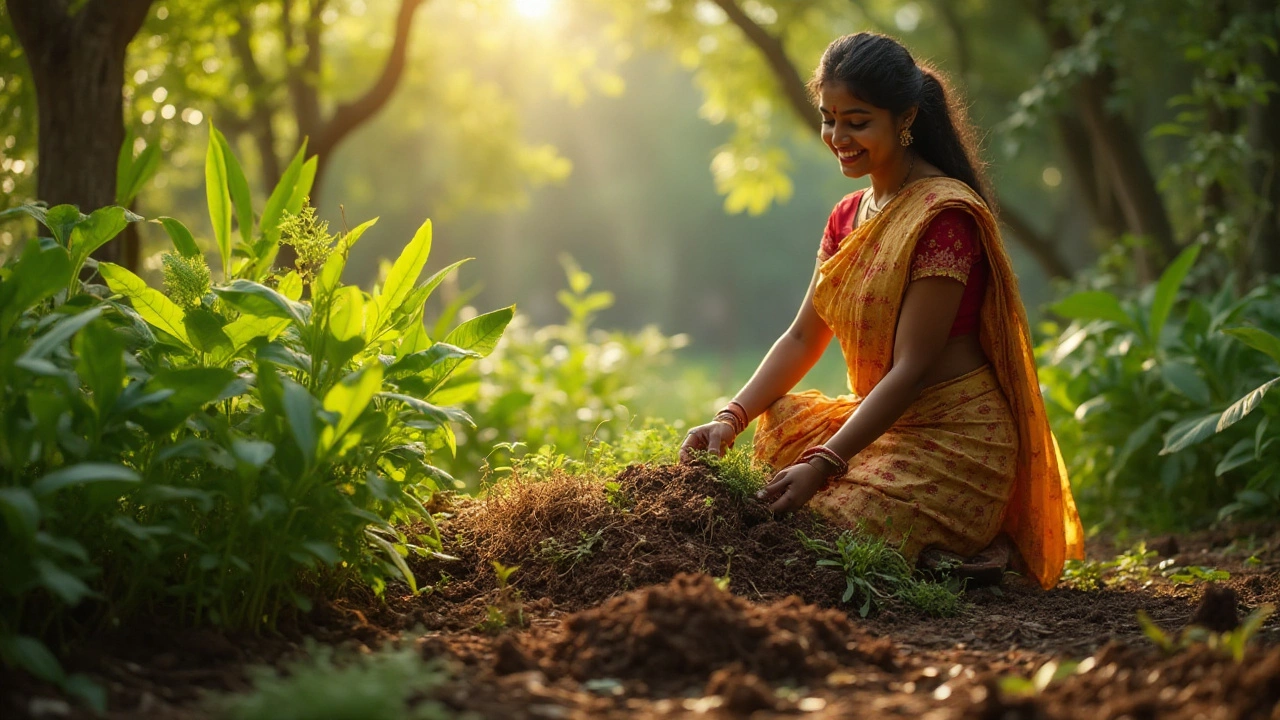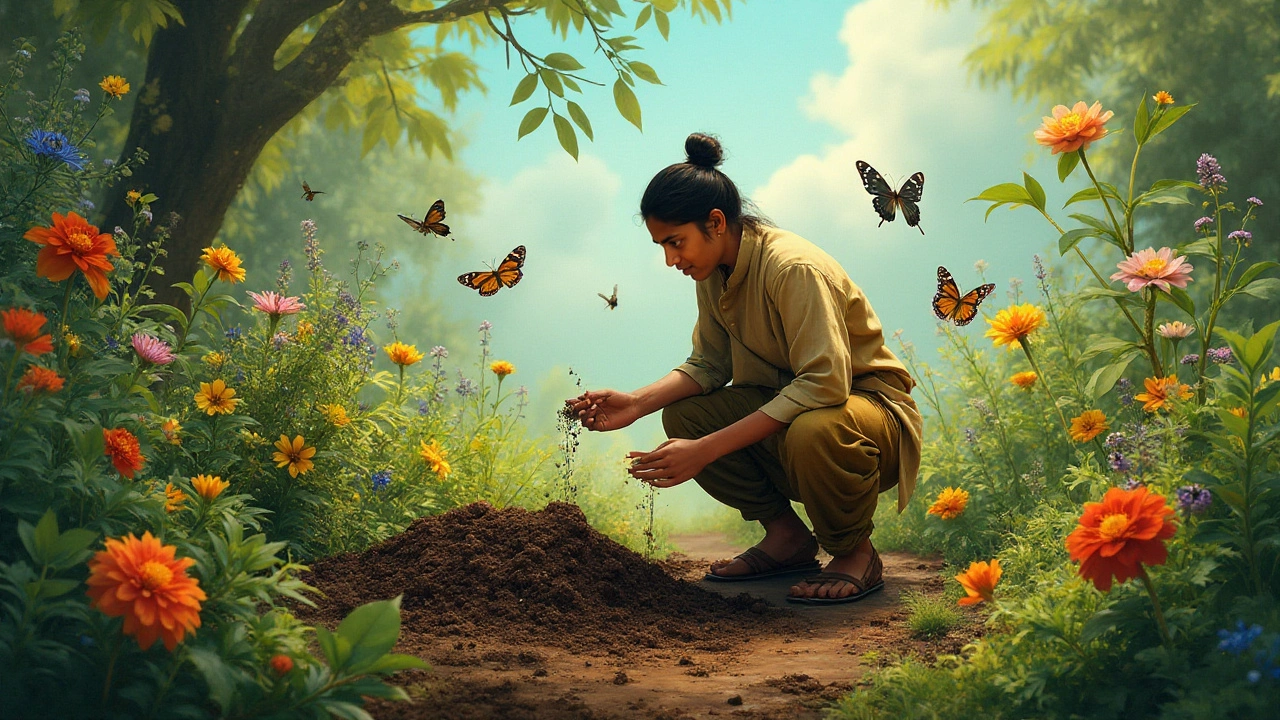Discover the best low maintenance garden with drought-tolerant plants, smart design, and natural systems that cut watering, weeding, and pruning. Perfect for busy people who want beauty without the burden.
Sustainable Gardening: Simple Ways to Grow Food and Flowers Without Harming the Planet
When you practice sustainable gardening, a way of growing plants that works with nature instead of against it. Also known as eco-friendly gardening, it means using less water, avoiding chemicals, and building soil that lasts for years—not just one season. This isn’t about fancy tools or expensive products. It’s about paying attention: watching how your plants respond, saving rainwater, turning kitchen scraps into rich compost, and choosing plants that actually thrive in your local climate.
One big part of sustainable gardening, a way of growing plants that works with nature instead of against it. Also known as eco-friendly gardening, it means using less water, avoiding chemicals, and building soil that lasts for years—not just one season. is composting, turning food waste into nutrient-rich soil. Also known as home composting, it cuts down trash and gives your plants the food they need without synthetic fertilizers. You don’t need a huge yard—just a bin or pile in a corner. Kitchen scraps, dry leaves, and even old tea bags turn into dark, crumbly soil that helps plants grow stronger. Many of the posts here show exactly how to do this right, even in small balconies or tight spaces.
Another key piece is drip irrigation, a system that delivers water slowly and directly to plant roots. Also known as water-efficient irrigation, it saves up to 60% more water than watering by hand or using sprinklers. If your plants are wilting or your water bill is climbing, this is where you start. Clogged emitters, uneven flow, or old pipes can ruin the system—but the fixes are simple. You’ll find real solutions in the posts below, from fixing clogged lines to choosing the right setup for Indian summers.
And then there’s soil health, the foundation of every good garden. Also known as garden soil improvement, it’s not just about adding fertilizer—it’s about making the dirt alive. Dense, hard soil? Add compost, leaf mold, or perlite. Too sandy? Mix in organic matter. The right soil holds water, lets roots breathe, and feeds plants naturally. You’ll see how Indian gardeners are fixing clay soil, avoiding styrofoam, and using native plants to keep their gardens thriving without constant inputs.
You won’t find magic potions here. No miracle sprays. No expensive gadgets. Just clear, tested ways to grow more with less—whether you’re tending a balcony with basil, growing brinjal in a small plot, or trying to keep zinnias alive while keeping rabbits away. Every post here comes from real experience—what works in India’s heat, monsoons, and dry spells. You’ll learn how to pick the right plants for year-round color, how to dry out an overwatered houseplant, and why rice can’t just grow back on its own.
What ties all this together? It’s simple: work with nature, not against it. The best gardens aren’t the ones with the most flowers or the fanciest pots. They’re the ones that keep giving, year after year, without draining the earth. That’s what sustainable gardening is really about. And below, you’ll find exactly how to make it work for you—no matter where you live in India.
Discover the top alternative names for sustainable gardening, their meanings, best uses, and practical tips for greener planting.
Discover the meaning behind 'poor man's crop,' why certain staple crops earn this name, and smart tips for growing them in your own garden.
This article dives into what you really call someone who's obsessed with gardening and why it matters. You'll see how this love goes way beyond the backyard, shaping habits that help the planet. Get ideas to boost your own eco-friendly gardening skills and find out about quirky gardening communities online. Expect real-world advice for growing greener without spending a fortune.
Wondering which vegetable takes the crown for sustainability? This article cuts through the hype and shares which vegetable is the best choice for eco-friendly home gardens. You'll learn what makes a vegetable truly sustainable, practical tips for growing it, and clever ways to use every part. Find out how making a small switch in your garden can have a big impact on water use, soil health, and climate resilience. Even beginners will find it easy to start growing these environmental champions at home.
Ever wondered which plant tops the list for sustainability? We dive into the world of eco-friendly gardening to find the most sustainable plant that not only thrives with minimal resources but also supports local ecosystems. From benefits like water efficiency to soil health, discover practical tips and engaging facts to make your garden a sustainability success.
Regenerative agriculture is transforming the way we approach sustainable gardening by focusing on improving soil health, biodiversity, and water management. It offers an eco-friendly alternative to conventional farming methods but comes with its set of challenges. This approach not only promises a healthier environment but also boosts crop resilience and reduces the carbon footprint. However, some critics question its scalability and economic viability for larger operations. Let’s explore the pros and cons of regenerative agriculture in the gardening world.
Explore how choosing the right plants can transform your garden into a sustainable haven. This guide covers plants that not only thrive with minimal resources but also contribute positively to the environment. Learn about hardy perennials, native species, and edible plants that support local biodiversity while requiring less water and effort.
Organic composting is a sustainable way to recycle kitchen scraps and yard waste into nutrient-rich soil for gardening. This practice not only reduces landfill waste but also enriches the garden with essential minerals. Discover the basics of composting, ideal materials to use, and smart tips to optimize the process. With patience and proper care, creating your own compost becomes an easy and rewarding task. Learn how to create a thriving compost pile at home with simple techniques.
Dive into the world of ecosystem gardening and discover how to create your thriving sanctuary right in your backyard. Learn about the essential elements needed for a balanced ecosystem, including plant diversity and natural pest control. This guide offers step-by-step instructions for implementing sustainable gardening practices, enhancing biodiversity, and minimizing environmental impact. Embrace the beauty of working alongside nature with these simple and effective techniques.
